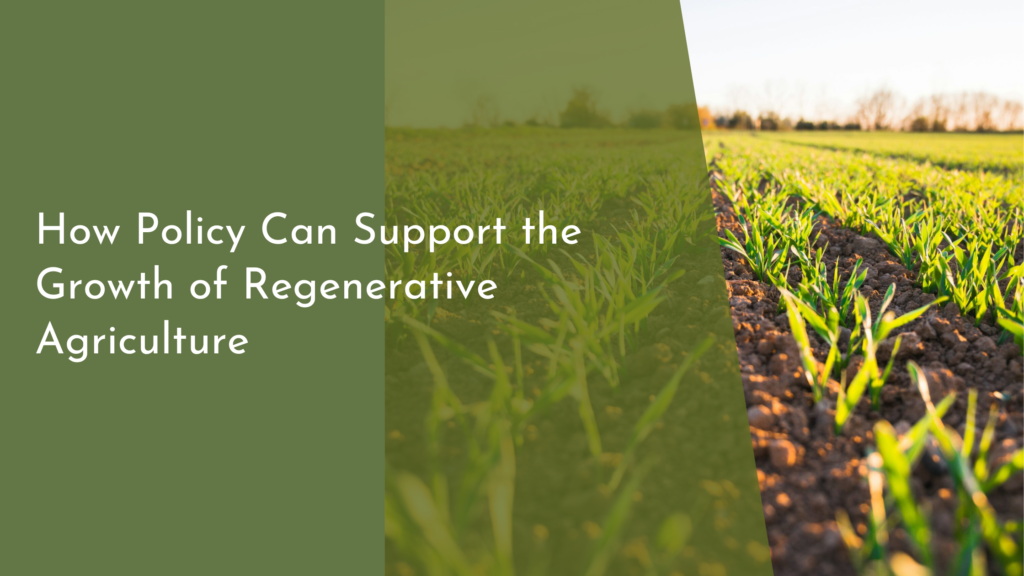Collaborative Efforts in Global Carbon Offsetting Initiatives
As the global focus shifts towards mitigating climate change, carbon offsetting has emerged as a pivotal strategy in reducing the world’s carbon footprint. These initiatives involve compensating for emissions by supporting projects that reduce or capture carbon dioxide elsewhere. While individual efforts are commendable, the power of collaboration amplifies results, allowing for more innovative and inclusive solutions. This article delves into the fundamentals of carbon offsetting, highlights the key players involved, explores innovative collaborative approaches, and shares inspiring success stories that showcase the potential of partnerships in this vital arena.
Understanding Global Carbon Offsetting Basics
At its core, carbon offsetting is a method used to compensate for carbon dioxide emissions, typically by investing in environmental projects designed to reduce future emissions. These projects can range from reforestation efforts to renewable energy initiatives and methane capture at landfills. The principle behind carbon offsetting is straightforward: balance the carbon emitted in one place by reducing it elsewhere. This concept allows organizations and individuals to take responsibility for their carbon footprint while contributing to global environmental benefits. Understanding the basics of carbon offsetting is crucial as it forms the foundation for more strategic and collaborative approaches on a global scale.
The concept of carbon offsetting is particularly appealing because it offers flexibility and scalability. It empowers corporations, governments, and even individuals to take immediate action against climate change without waiting for larger systemic changes. Carbon offsets are typically quantified in metric tons of CO2 equivalent (CO2e), allowing for a standard measurement across different types of projects. This structured approach enables participants to effectively calculate, reduce, and ultimately neutralize their emissions. As more entities seek to achieve net-zero emissions, understanding these basics serves as a critical first step towards meaningful action.
Key Players in Carbon Offsetting Initiatives
Several key players shape the landscape of global carbon offsetting initiatives, including governments, non-governmental organizations (NGOs), private companies, and communities. Governments play a critical role by creating policies and frameworks that encourage or mandate carbon offsetting practices. They may set targets or offer incentives to industries that invest in offset projects. Meanwhile, NGOs often serve as intermediaries, bridging the gap between project developers and those seeking to purchase offsets. They provide essential services such as project verification, certification, and monitoring to ensure that offset projects deliver real, measurable, and additional carbon reductions.
Private companies are increasingly becoming vital players in carbon offsetting, driven by both regulatory requirements and consumer expectations. Many businesses are now integrating offsetting into their corporate sustainability strategies, seeking to make their operations carbon neutral. This shift has led to the emergence of carbon offset marketplaces where companies can purchase credits to offset their emissions. Additionally, local communities play an indispensable role as they are often the implementers of on-the-ground projects. Their involvement ensures that projects are not only effective in carbon reduction but also deliver social and economic benefits at the grassroots level.
Innovative Approaches to Collaborative Efforts
In recent years, collaborative efforts in carbon offsetting have taken center stage, with innovative approaches that leverage digital technology and cross-sector partnerships. Blockchain technology, for example, is being used to enhance transparency and traceability in carbon offset projects. By utilizing blockchain, stakeholders can ensure that credits are not double-counted and that funds are directed appropriately, thus boosting trust and efficiency in offsetting markets. This technological advancement exemplifies how collaboration across industries can lead to more reliable and impactful climate solutions.
Another innovative approach involves forming alliances between different sectors to develop comprehensive offsetting strategies. For instance, partnerships between tech companies and environmental organizations have led to the creation of sophisticated tools for measuring and verifying emissions reductions in real-time. Collaboration between industries such as aviation and forestry has resulted in unique offset programs that cater to specific emission sources. By pooling resources and expertise, these partnerships foster creative solutions that address the unique challenges of reducing global carbon emissions and achieving sustainability goals.
Success Stories in Carbon Offsetting Partnerships
One of the most celebrated success stories in carbon offsetting partnerships is the Kasigau Corridor REDD+ Project in Kenya. This initiative, a collaboration between Wildlife Works, local communities, and international investors, has successfully preserved over 500,000 acres of forest while providing economic opportunities for the local population. By preventing deforestation, the project has not only offset millions of tons of CO2 but also empowered communities through job creation and infrastructure improvements. This partnership showcases how carbon offsetting can deliver multifaceted benefits when stakeholders unite for a common cause.
Another compelling example is the collaboration between Microsoft and the Nature Conservancy in the United States. This partnership aims to protect and restore forests across North America to offset carbon emissions. By investing in large-scale reforestation projects, Microsoft is working toward its ambitious goal of becoming carbon negative by 2030. The Nature Conservancy brings its ecological expertise to ensure that these projects effectively enhance biodiversity and ecosystem health. Such success stories highlight the power of collaborative efforts, demonstrating that when entities align their goals and resources, remarkable outcomes can be achieved in the fight against climate change.
Collaborative efforts in global carbon offsetting initiatives present a promising avenue for addressing climate change, combining the strengths of diverse stakeholders to achieve impactful results. From understanding the basic principles to celebrating successful partnerships, the journey towards a more sustainable future is paved with opportunities for innovation and cooperation. As more entities recognize the potential of collective action, the momentum for carbon offsetting will only grow, offering hope and inspiration for a greener, more resilient planet.

